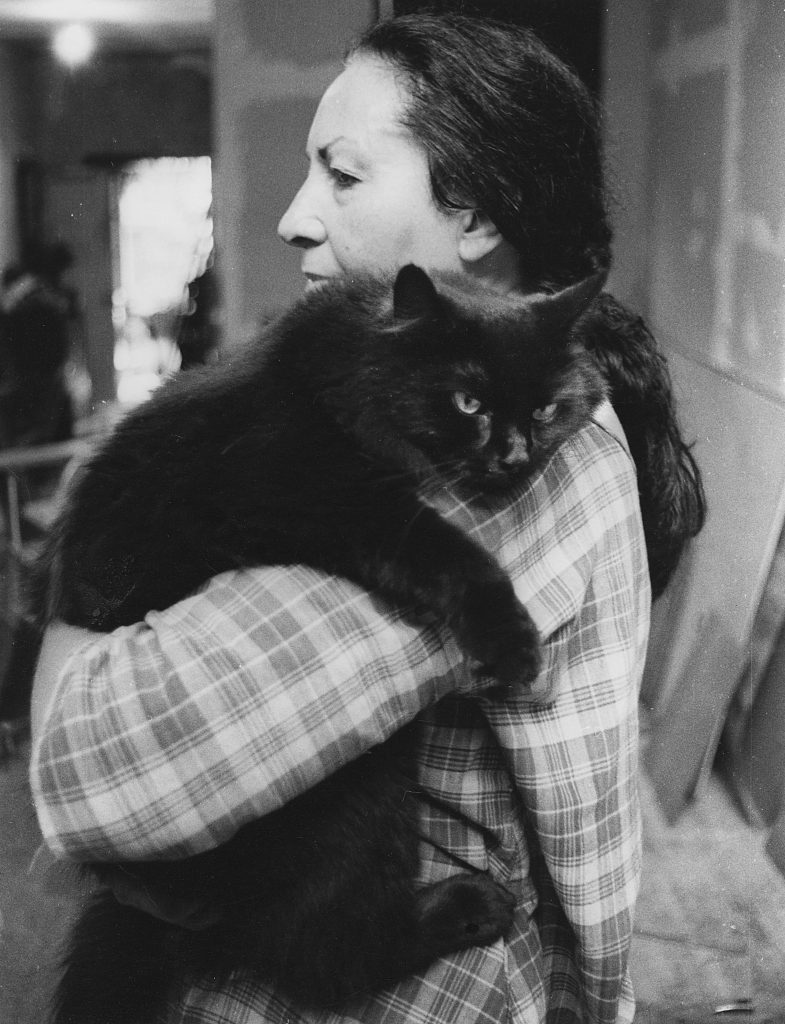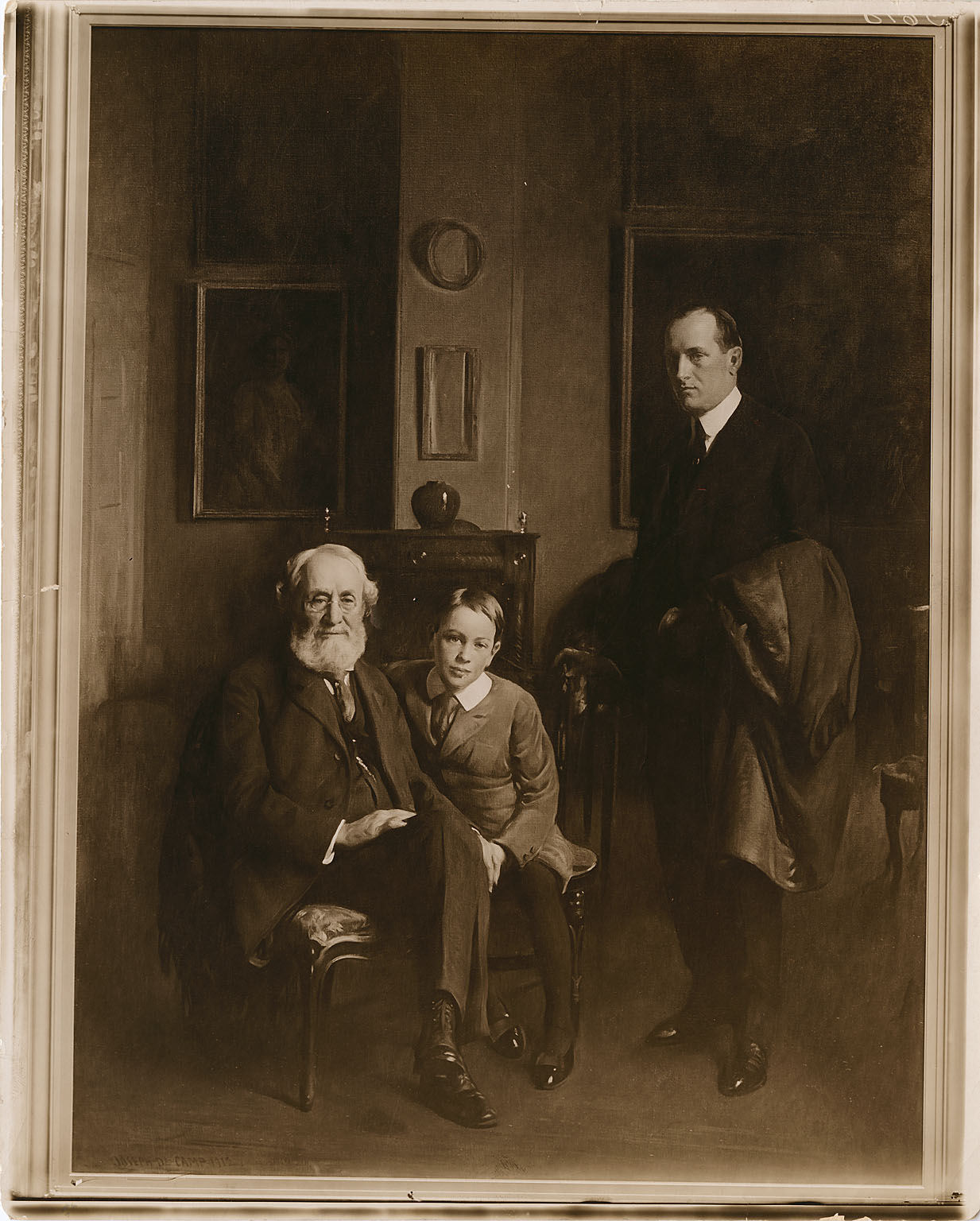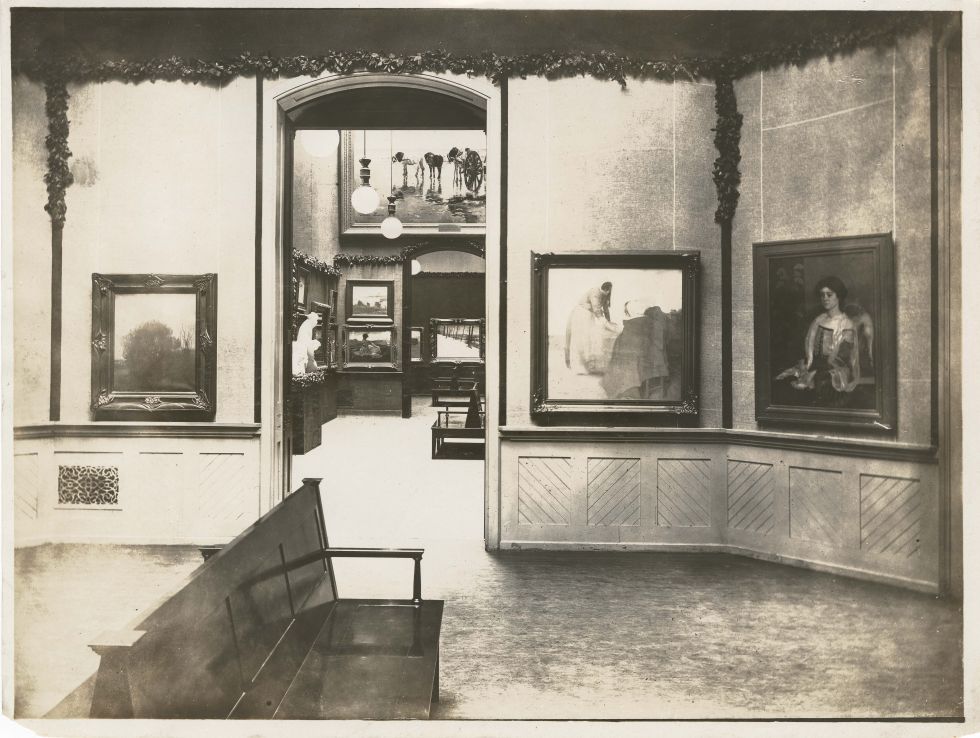Contributed by Jahna Auerbach, Assistant Archivist for the John Rhoden papers
While sorting through John Rhoden’s personal photographs, we stumbled upon photos of several family pets. Though their names are unknown, they were dearly loved, particularly by Richenda. Peppered throughout the hundreds of photographs and negatives are three beautiful cats that Richenda would pose with–in their garden, in front of the Christmas tree, dressed up, and on leashes. How lucky these cats must have been!

National Cat Day is a day to raise awareness of homeless cats. To learn more about the holiday and what you can do to help homeless cats, head on over to the National Cat Day website: https://www.nationalcatday.com/

This project, Rediscovering John W. Rhoden: Processing, Cataloging, Rehousing, and Digitizing the John W. Rhoden papers, is funded in part by the National Endowment for the Humanities, a federal agency.
ABOUT THE NATIONAL ENDOWMENT FOR THE HUMANITIES
Created in 1965 as an independent federal agency, the National Endowment for the Humanities supports research and learning in history, literature, philosophy, and other areas of the humanities by funding selected, peer-reviewed proposals from around the nation. Additional information about the National Endowment for the Humanities and its grant programs is available at: www.neh.gov.





